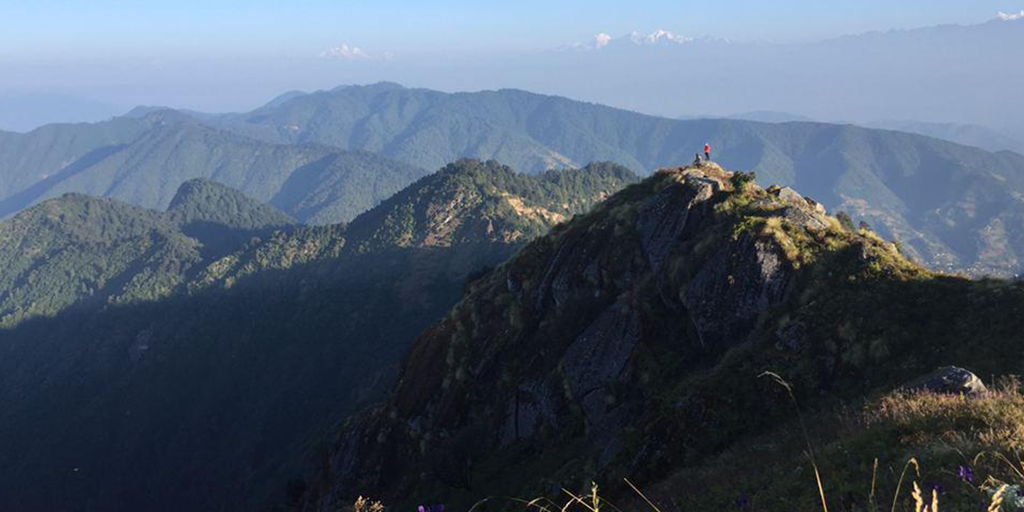Challenges Faced
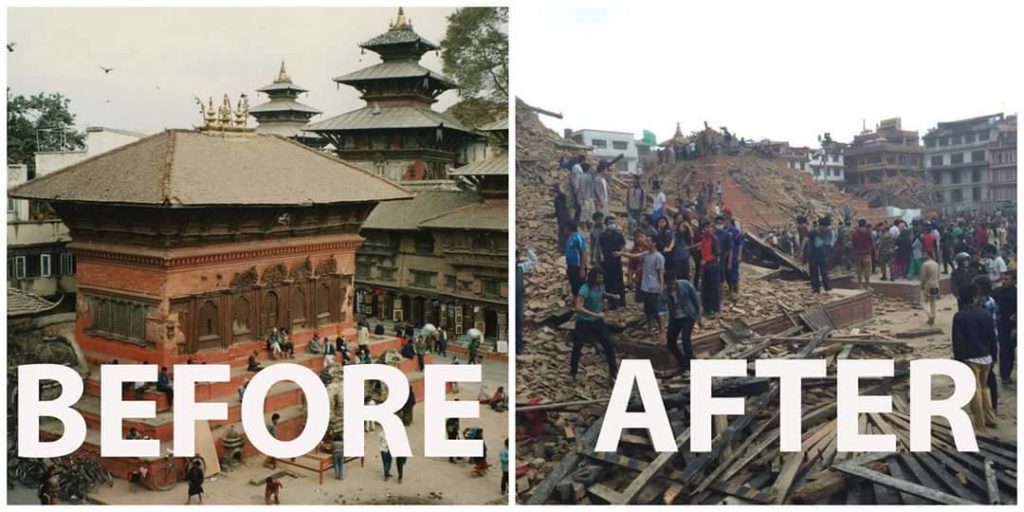
The April 2015 Nepal earthquake (also known as the Gorkha earthquake) killed nearly 9,000 people and injured nearly 22,000. It occurred at 11:56 Nepal Standard Time on 25 April 2015, with a magnitude of 7.8 and a maximum Mercalli Intensity of VIII (Severe). Its epicenter was east of Gorkha District at Barpak, Gorkha, and its hypocenter was at a depth of approximately 8.2 km (5.1 mi). It was the worst natural disaster to strike Nepal since the 1934 Nepal–Bihar earthquake. The ground motion recorded in the capital of Nepal was of low frequency, which, along with its occurrence at an hour where many people in rural areas were working outdoors, decreased the loss of property and human lives.
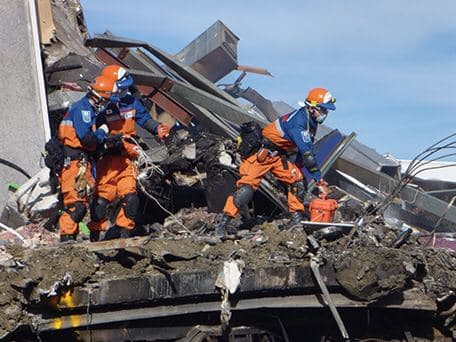
On behalf of Vision Nepal, we were able to provide much needed assistance and support after this earthquake. We were able to cooperate with the JICA association of doctors who came to Nepal from Japan to provide medical consultations and treatment for 1800 people injured in the earthquake. Vision Nepal supported this mobilization by providing interpretation for the communication between doctors and earthquake victims in 15 different areas in Nepal.
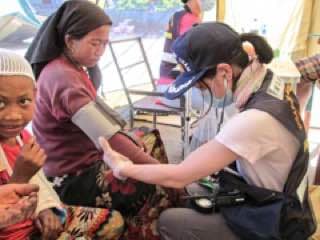
The Nepalese Civil War (also known as the Maoist Conflict (Nepali: माओवादी जनयुद्ध; IAST: Māovādī Janayuddha), the Maoist Insurgency or the Maoist Revolution) was a civil war in Nepal fought between the Communist Party of Nepal (Maoist) (CPN-M) and the Government of Nepal from 1996 to 2006. The insurgency period is known as the Māovādī Dvandvakāla (Nepali: माओवादी द्वन्द्वकाल) in Nepal.
Hygiene education and encouraging women to use health services for deliveries and check-ups is also important. Women and members of ‘lower’ castes must be prioritized in these activities and in accessing technologies, micro-loans, and other resources.
Currently, service delivery and other development activities are sporadic and ad-hoc. Sufficient resources must be allocated to allow for long-term, consistent engagement with the community. Outcomes should be regularly monitored and evaluated for lasting improvements.
As Nepal urbanizes, fewer and fewer people in the rest of the country understand the struggles in places like Maspur village. The first step to rectifying this is education and awareness of the living conditions of rural Nepalis and the acknowledgement that they, too, have the right to a secure and healthy life.
Historically, people here flourished as traders, using goats and sheep as pack animals to carry grain from the plains up to Tibet, and bartering it for salt on the plateau. But the region now suffers from food insecurity, health problems, and lack of livelihood options.
The reasons include the end of the Tibet trade, the emergence of roads and markets, a decrease in livestock numbers caused by new grazing restrictions, the destruction of local infrastructure during the Maoist insurgency, and an increase in population.
Most now farm for a living, but agricultural yields are low because of the steep terrain, lack of irrigation, destruction of crops by pests, and antiquated technology. Most families can grow enough food to last only four or five months of the year. For the remaining, they must purchase or borrow food. But cash is scarce, so people rely heavily on subsidized food and loans.
The nearest health post is a two-day walk away, time that farmers cannot afford, particularly during the busy harvest seasons. Tuberculosis and gastrointestinal illnesses are pervasive and exacerbate the symptoms of malnutrition. Many homes do not have toilets, and hygiene is poor.
Women and the ‘lower’ castes are especially disadvantaged. Women have limited mobility and control over household resources, and Dalits have very little land or education, and suffer discrimination.
“I do not even know if we are Nepali citizens … we Dalits are neglected and oppressed. We have little property, nobody looks after us, not the government, not the organizations, not the gods,” says Romalal Lwaar. Kathmandu has neglected this part of Nepal, abandoning its people.
The elected village council chairman Bagdal Malla said, “We have little budget, but a lot of work to be done. We do not have roads, and transport makes things expensive.”
Everyone’s priority here is more roads so farmers have access to services and markets. Roads will also make it easier for government and NGO staff to be more effective. Local Rajbahadur Budha said, “We have a lot of resources, from our fields and natural resources. If there were roads, we could sell them. There would be more people travelling here, and more business. Without roads, there is no development.”
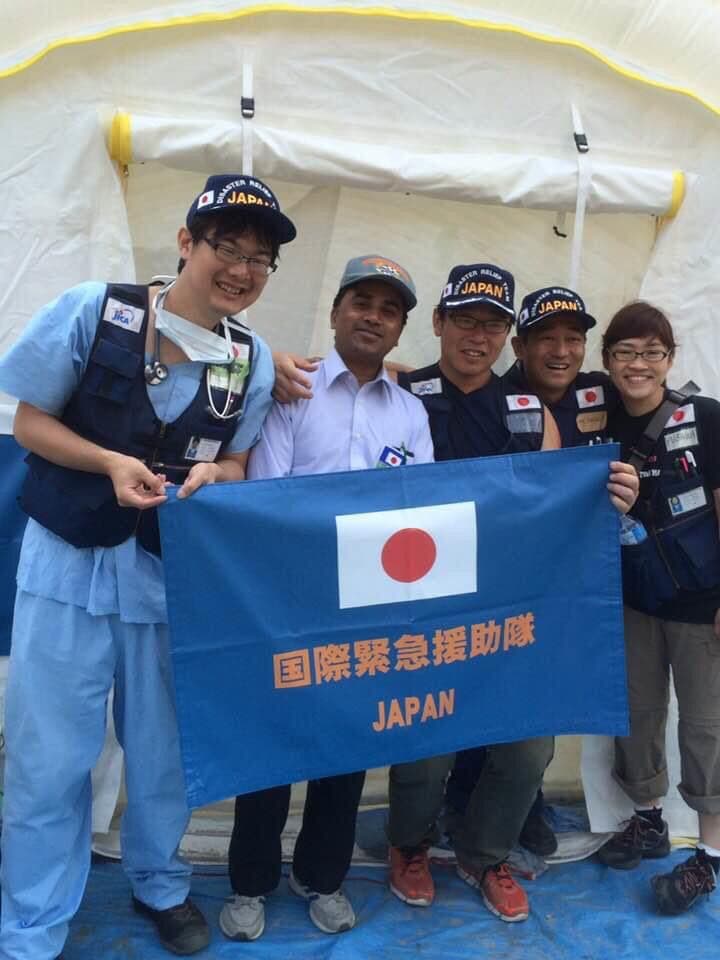
As roads and markets become more accessible, communities here need to add value to their products, so they are marketable. Some possibilities include cultivation and processing of medicinal and aromatic plants and high-value mushrooms or herbs, production of wool handicrafts, cheese, honey, and sustainable harvesting and processing of forest products. These activities need minimal external input, and can be achieved through skills trainings, mentorship, and micro-grants. Subsistence farmers need help to improve work efficiency and reduce the labor burden. Harvests can be increased with irrigation, bio-pesticides recharging-the-mountains-, greenhouses, and community seed banks. Improved technology such as better water mills, electricity, reliable mobile network, and fuel-efficient stoves will make work easier.
There is an urgent need for better health care and education. Existing health posts need maintenance and medicines, and additional health posts are required in remote areas.
